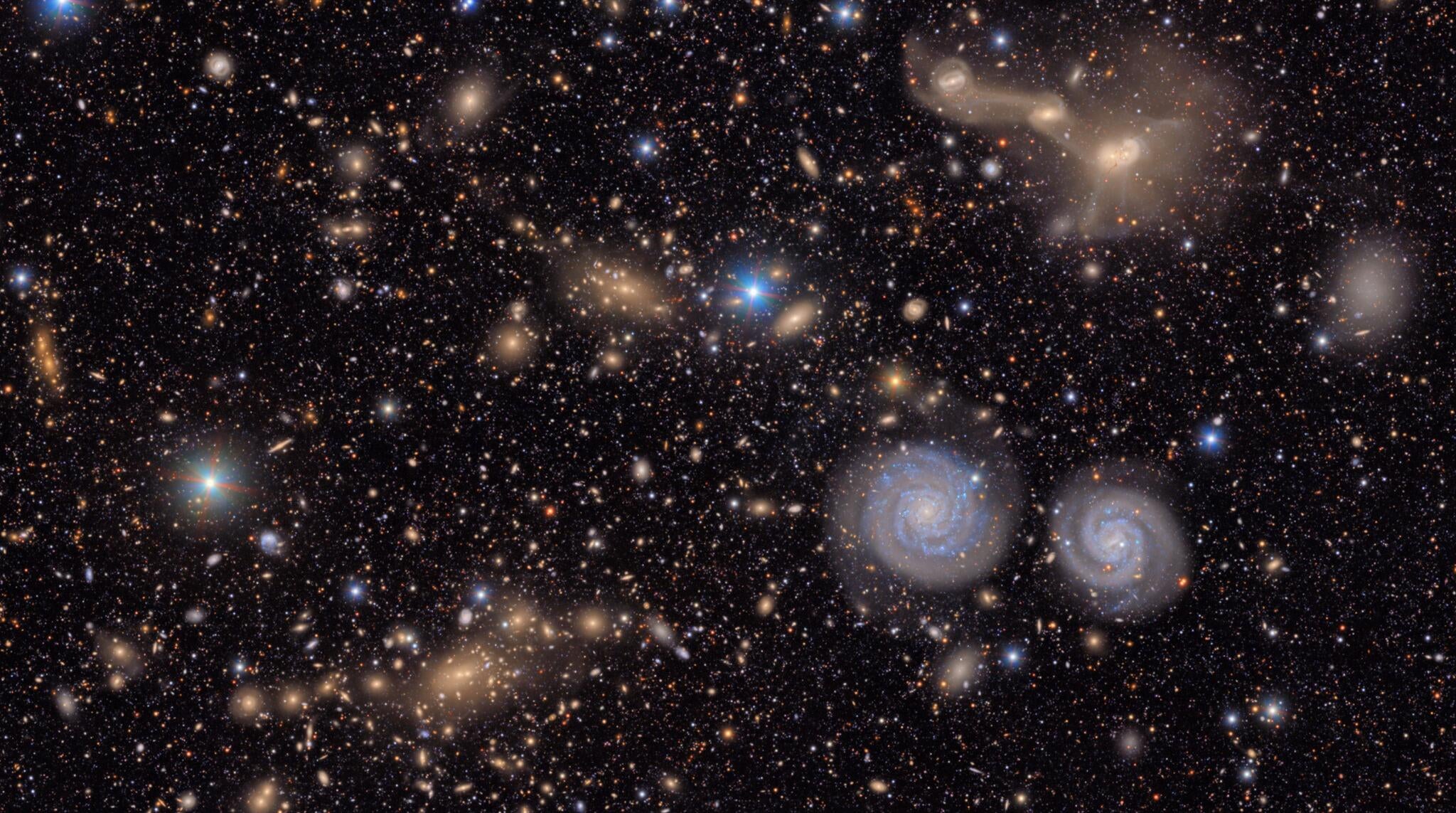Unveiling the Cosmos: The Remarkable Beginnings of the Vera Rubin Observatory
The cosmos beckons, and this week, a beacon of astronomical discovery shone brightly from Chile’s mountainous landscape. The Vera C. Rubin Observatory, an ambitious project** decades in the making, has released its first images, showcasing breathtaking scenes from the depths of space. Captured by the world’s largest telescope, these initial photographs not only mark a momentous achievement in astronomical research but also promise a wealth of knowledge for future generations.
A Giant Among Telescopes
Perched atop the Cerro Pachon summit in central Chile, the Rubin Observatory benefits from one of the best observational environments on Earth. With its dark skies and arid atmosphere, this site provides an ideal backdrop for capturing the wonders of our universe. The observatory is equipped with an 8.4-meter telescope and the largest digital camera ever constructed, enabling it to take incredibly detailed images.
First Images: A Glimpse into Stellar Nurseries
Among the first visuals released are stunning captures of star-forming regions, among them the Trifid Nebula and the Lagoon Nebula. A composite image made up of 678 individual exposures taken over just seven hours presents these celestial structures in dazzling color—vivid pinks rising against vibrant orange-reds, revealing details that were previously hidden from view.

The Trifid Nebula and the Lagoon Nebula.
Credit: NSF-DOE Vera C. Rubin Observatory
Further expanding our understanding of the universe, another released image showcases the Virgo Cluster, revealing a plethora of spiral galaxies interacting within a vast cosmic tapestry.

Spiral galaxies in the Virgo cluster.
Credit: NSF-DOE Vera C. Rubin Observatory
The Cosmic Treasure Chest
Accompanying these images is a captivating video titled "cosmic treasure chest." This dynamic piece begins with a mesmerizing close-up of two galaxies before zooming out to unveil an astonishing number—approximately 10 million—more, highlighting the sheer vastness of our universe.
"The Rubin Observatory is an investment in our future, which will lay down a cornerstone of knowledge today on which our children will proudly build tomorrow," remarked Michael Kratsios, director of the White House Office of Science and Technology Policy.
A Decade of Exploration Awaits
The Vera Rubin Observatory is not just a collection of equipment; it is poised to transform the field of astronomy over the next decade. With plans to commence its flagship project, the Legacy Survey of Space and Time (LSST), later this year, the observatory will scan the night sky every night, documenting subtle changes with unmatched precision.
Understanding the Universe’s History
The research team, led by commissioning scientist Elana Urbach, aims to unlock secrets about our universe’s history. This ambitious undertaking includes the ability to observe galaxies that existed billions of years ago and artifacts of supernova explosions. The significance of sharp, clear images cannot be overstated, according to Urbach, as they help scientists interpret the cosmos’s narrative.
The Power of Light
The design of the Rubin telescope is focused on capturing light efficiently, which is crucial for observing distant celestial objects. As optical expert Guillem Megias explained, the telescope’s capacity to detect far-away light not only enhances our understanding of our own galaxy but also allows us to peer back through time.
A Tribute to Vera Rubin
Named in honor of pioneering astronomer Vera C. Rubin, the observatory celebrates her groundbreaking work that provided the first compelling evidence for dark matter. This elusive substance, which makes up a significant portion of our universe, does not emit light but significantly influences the behavior of galaxies. Alongside dark matter, dark energy—thought to drive the universe’s expansion—remains largely a mystery, embodying 95% of the cosmos that is yet to be understood.
Tracking Asteroids and Interstellar Objects
In addition to its contributions to cosmic research, the Rubin Observatory stands out as a powerful tool for tracking near-Earth objects. Remarkably, in just ten hours of observations, the facility identified 2,104 previously unknown asteroids within our solar system, including seven that come close to Earth. For context, traditional observatories typically discover about 20,000 new asteroids annually.
With its unparalleled capabilities, the Rubin Observatory is also expected to excel at detecting interstellar objects passing through our solar community, opening a new frontier in understanding our place in the cosmos.
As we gaze up into the night sky, the innovative work being done at the Vera Rubin Observatory promises to deepen our connection to the universe, guiding humanity through the next chapter of astronomical discovery.

